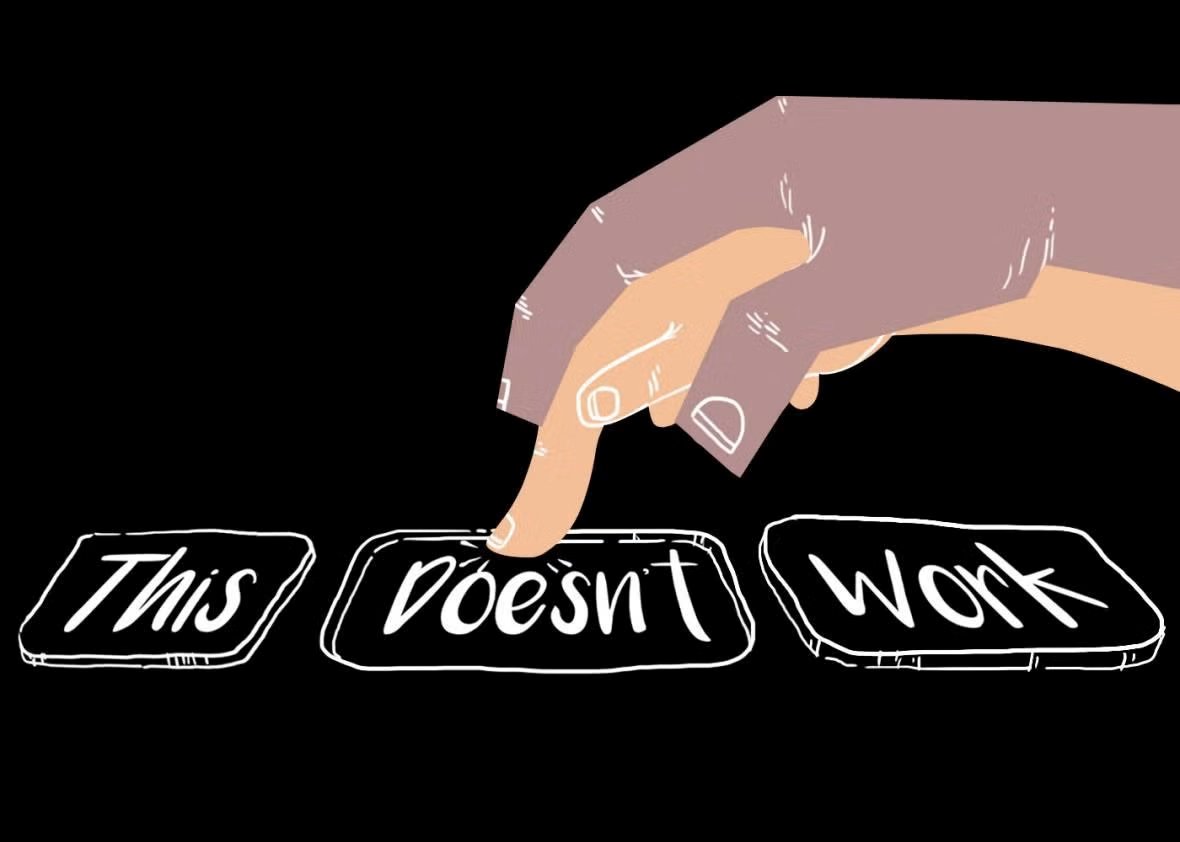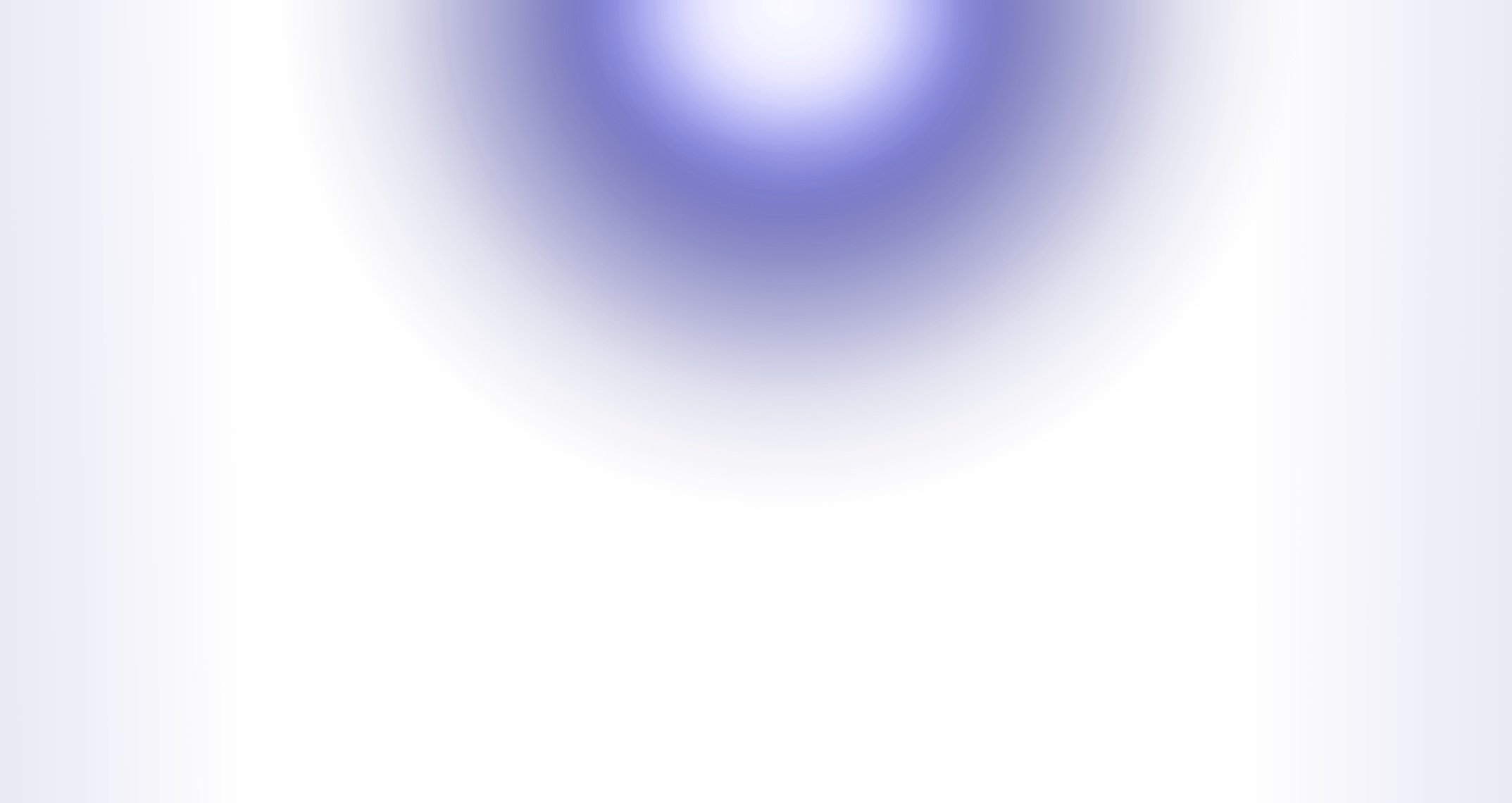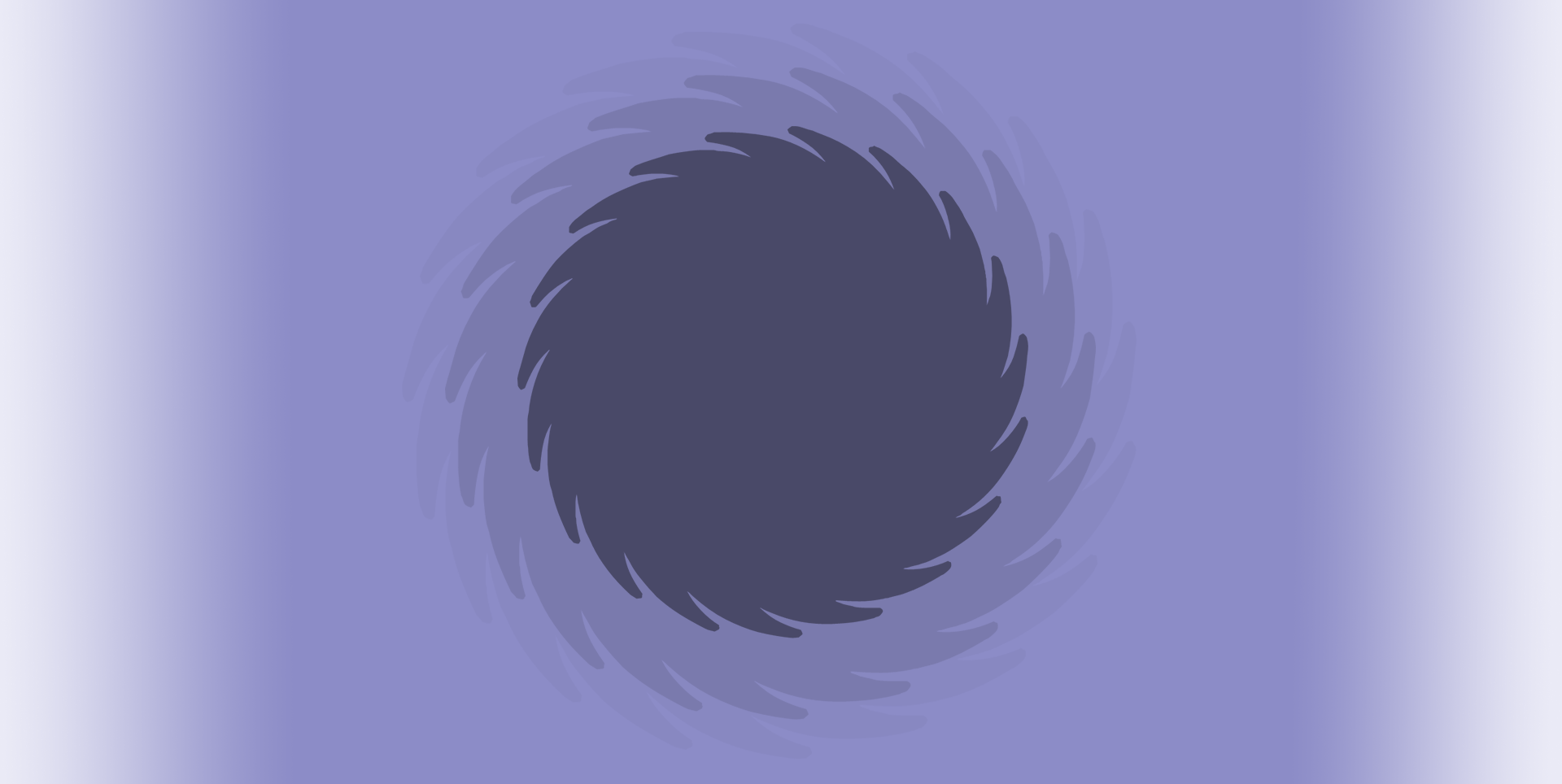
to Hive being
welcome
What is Hive Being, and Why the Name?
You have likely heard talk of a hive mind, where one global mind finds more or less figurative expression in various local minds. Such talk is common enough in nature documentaries, especially ones concerning ants or bees, and in sci-fi programs. Take that notion, at least a loose version of it, and broaden its scope. That will be a decent first step in understanding the title I have chosen both for my Blog and for the first five-volume installment of my magnum opus Made For You and Me, a fragmentary collection of minimalist stanzas from 2016 to 2020.
In alignment with Spinoza (the 17th Century Rationalist to whom I devoted my doctoral studies), I view reality in its totality as a grand hive Being: all entities are but pulsating manifestations of the buckstopping fount of everything, an ultimate being we might call “God” or “Nature” (so long as, out of respect for the capital “G” and the capital “N,” we limit it neither to some anthropomorphic cloud father hurling lightning bolts nor to mere wilderness untouched by human smog). According to the hive-Being view (where reality is one lone superorganism, a monistic—and we might even say unividualist—conception I defend in both my creative and academic capacities), each non-foundational being (each being, that is, whose essence does not involve existence) is an utterly necessitated expression or eruption or exudation of this eternal source—each is, perhaps better put, a mode or manner of being, and so a focal point through which is disclosed, what classical theists sometimes call “being itself” (ipsum esse subsistens): the realness of the real, the being of whatever may be, the sheer activity of being, the very isness of whatever is. This Blog, which duplicates my Substack, throbs as but one among many literary unfurlings of this self-necessitated foundation, this supreme wellspring, of which we—like black holes and broken beliefs, like fractal ferns and flickering flames—are the inevitable stylings.
My Journey
I am an academic who found himself pressured into early retirement by the rising tides of cancel culture. The illiberal scourge of censoring, silencing, and shaming—although always with us throughout our evolution—reached a local peak around 2021. That was the turbulent year my creative pursuits, which the old left once encouraged as a healthy outlet for the stresses of a childhood steeped in poverty and illiteracy, drew the ire of the new safe-space left. A small cadre of self-proclaimed victims and their allies, several of whom continue to berate me years later under pseudonyms as see through as their sexual infatuation, sought to erase me and my heterodoxy. They found support from a wannabe-woke dean, covered in the grand inquisitor robes of our decadent modernity (full-body tattoos) and just itching to signal his commitment to protecting “vulnerable populations” from triggering material (even if just, as it was in my case, off-duty poems “unbecoming for someone calling himself a teacher”). Although I eventually won my due-process case with the help of The Foundation for Individual Rights and Expression, I slunk away from a college that turned its back on protecting freedom of expression and from an institution increasingly intolerant of intellectual diversity.
The wrecking ball to my too-comfy office in the windowless ivory tower came with a silver lining. From the ashes of my professional aspirations rose a phoenix of increased freedom to fulfill the literary calling I have pursued for decades. Reputation concerns never stopped me, even within academia’s sterile halls of conformity. Indeed, my unapologetic defiance, which has long baffled friends and family, no doubt chummed even safe waters—almost as if I were asking for it all along—until the cancel shiver grew too frenzied to hold back its blind thrashings. But now, now I piston the most forbidden territories of human thought with no longer even a twinge of conscience. The newfound freedom means extra time to hone my craft. When not assisting special-needs communities (a day job far more rewarding than freeway-flyer drudgeries), I pursue my literary mission with Dionysian fervor.
Call for Co-Conspirators
This space, my digital sanctuary, showcases the fruits of my mission. Think of my posts, even those linking to my publications, as works in progress. I want your input, unflinching brutality included. Each post begins with an invitation to action: “Let’s workshop this [draft about x, y, z].” Your contributions, whether through public comments or my contact page, help hammer scraps of ore into polished blades fit for magazine publication.
Your input is valuable, even if you are neither a writer nor a reader of literature—twin disciplines dying by the cyber nanosecond. Sometimes—even if at the risk of uttering banalities—an outsider’s fresh vantage can pierce the veils of convention to reveal what insiders miss. It often takes an outsider to make us even think to question our ingrained presuppositions and attitudes. I stand by the hygienic value of contagion. That is one reason I advocate so strongly for intellectual diversity and freedom of expression. And that is also one reason I was so harrowed by the anti-diversity swell of cancel culture in academia (an institution that should be the utmost caretaker of such values)—harrowed especially insofar as that swell masqueraded under the gaslighting guise of “diversity”).
You will witness the breathing evolution of my writings over time. To track these changes, I label each revision by round: “ROUND 2,” ROUND 3,” and so forth. Each piece undergoes continuous refinement based on your feedback and my own revisitations. Sometimes changes will mar the work. That is the risk of creative tinkering as a finite creature. I hope you will alert me to missteps. After many semesters of university writing workshops, one rule has impressed itself upon me: when someone senses a flaw, something almost always needs to change—even if, yes, the proposed solution misses the mark (which often it does). From a quick look into the archives, accessible here, you can see how much I have benefited from your feedback so far.
My Hope
Sharing drafts can be daunting. But showing you the ravaged and unperfumed real deal unfiltered by makeup (stuttering starts and falsities, awkward line breaks and clumsy word choices, grammatical errors and misspellings)—that not only makes my work more relatable, but helps me refine things through your input. I hope the unfiltered look at the raw process of fumbling, rather than just the polished product, also helps other writers develop their craft. Imperfect works often instruct more than perfect ones: whereas the perfect ones tend to have a grace by which they slip inside us without activating our scrutiny, the imperfect ones—especially the near perfect ones—show us glaringly what not to do.
People laugh at me, seeing—in my tilting at the windmills of literary excellence—a Don Quixote clunking around in Arthurian armor in a post-knight era. I am not naïve. I am well aware of the diminishing ability to read, let alone well: slowly and deeply, with gratitude. I am also aware that my style, which often nests subpoints within larger points, never waters down virtuosity for the sake of mass appeal. I watch readers stumble over my sentences, unable to unlock even just the music of the envelope let alone the semantic meat within, which—given my tendency to flashlight through the darker facets of human nature (the addicts, the miscreants, the abusers among us)—only adds an additional alienating layer of difficulty). Beholding these depressive scenes of even supportive family members getting bucked off my syntactic bronco makes me feel like a dinosaur who should get a hint and, if not succumb to the brain rot of skibidi-toilet speak, just hang himself already. Even though the decline in linguistic background and grammatical voltage makes my compositions seem quixotic in a world binging Netflix and TikTok, I persist—raging against the dying of the light—by some internal compulsion to celebrate the richness of language and thought.
My hope is that, despite social media’s unparalleled power to farm our attention, people never forget the unique power of writing. Beyond unveiling hypocrisy, teasing out complex implications, and detailing the commonalities between even the most alien phenomena, writing offers something we need today—trapped in agoraphobic cyber bubbles only thickened by the Lyme dangers of forests and the COVID dangers of cities—perhaps more than ever. Granting us rich access to the first-person perspectives of others (to how things feel to them), writing serves as one of humanity’s best tools for combating loneliness. It allows us to linger, broadly and deeply and at high resolution, within the inner lives of others in a way that other arts can only suggest.
What to Expect
My work spans a broad spectrum: from metaphysical discourses on free will and determinism and the ontology of holes to the ephemera of western culture (whether the childhood impacts of the hypersexual mono-image of black woman as squirting twerkers or Terrence Howard’s sham revolution of mathematics). Some tight and minimal, others free-flowing sprawls; some heady and abstract, others emotional and imagistic—my inkwell musings, which often blend scholarly rigor with a dark humor from both high and low culture, aim to capture the visceral intensity of our personal and social and ultimately existential predicaments.
By no means can I deny that drug abuse, sexual assault, and the tales of the broken and the damned loom large in the tag cloud of my work. My writing will never be a paradise of easy truths and comforting lies. It will challenge you, provoke you, and at times even repulse you. I offer no apologies for the monsters I unleash. They are as much a part of us, at long root scared rodent mammals scurrying in the shadows of dinosaurs, as our noblest aspirations.
But make no mistake. It is not all downer darkness. The archives are my receipts. You will find pieces exploring the pursuit of authenticity in a media-saturated world, the search for meaning in an indifferent cosmos, and the celebration of beauty in both the sublime and the profane. I locate much of my inspiration, in fact, in novelists like Dostoevsky and poets like Ted Kooser—writers unafraid to pursue moral agendas or risk Hallmark sentimentality in an age that often sneers at sincerity.
Be they satirical dissections of modern social dynamics or poignant poems about addiction or academic articles on moral responsibility, my goal is to provoke thought, evoke emotion, and foster meaningful dialogue. Fear has not and will not stop me from challenging humanity’s fundamental taboos (like bestiality and cannibalism) or self-reflecting into the dark chaos of the subconscious, even if that means exposing the Jungian shadows—the inner Goebbels—lurking within us all!
Expect posts each day, no day missed. Donations are welcome, but I impose no paywall: it feels wrong to charge for art, especially given our date with obliteration. Feel free to explore what amounts to, at the time of writing this, close to a thousand pieces of poetry and prose here. That should give you a sense of what awaits.
Join me—specula holstered—on this literary odyssey into the public and private nooks of the hive Being. Let us navigate the labyrinth of creation together, confronting our demons and even slaying our darlings if we must. Let us dance on the razor’s edge between the sublime and the profane in pursuit of an elusive literary perfection never to be confused—as it has been confused in our declining civilization—with the pursuit of popularity or likeability over truth.
tag cloud
- poetry
- literature
- literature community
- poem
- literary
- American literature
- writing
- creative writing
- poetry community
- Michael Istvan
- Istvan
- perception
- defiance
- suffering
- existential poetry
- dissociative
- poet
- existential
- healing
- human
- sex
- adolescence
- power
- art
- artist
- mortality
- evolution
- campus warrior
- God
- death
- darwin
- Nietzsche
- substance abuse
- sensual
- Earth
- resilience
- love
- hardship
- anxiety
- Life affirming
- parenthood
- meditation
- crack
- sexuality
- murder
- prison
- parenting
- disease
- love letters
- vines
- christianity
- rape
- junkies
- religion
- faith
- hoodlum
- teen
- worship
- thugs
- Biggie
- islam
- hypocrisy
- muslims
- babies
- psychoanalysis
- pound town
- feet
- baby feet
- woke
- taboo
- care
- cops
- abuse
- olympics
- blm
- horse
- dread
- dysmorphia
- homosexual
- gymnastics
- poverty
- mental health
- addiction
- repression
- hypermasculine
- teacher
- poison
- transgressive
- social justice warrior
- fatherhood
- father
- suicide
- drugs
- philosophy
- plastic surgery
- music
- safe space
- artistry
- asian
- handjob
Posts

Unagi Nigiri
"Unagi Nigiri," dedicated to Eugenio Montale, draws upon the magnetic allure of the eel to explore themes of seduction, resilience, and kinship. The poem depicts the eel's journey from the Baltic Sea to the Adriatic, symbolizing a profound connection to life, nature, and the cyclical process of creation.
The poem opens with the irresistible appeal of the eel, juxtaposing our busy denial of death with the eel's seductive power. It charts the eel's passage through various waters, highlighting its vigorous and almost supernatural strength as it navigates seas, estuaries, rivers, and creeks. This image of the eel as a powerful, unrelenting force underscores its role as a symbol of vitality and resilience.
As light from a distant cosmic furnace refracts off chestnuts, it pierces wells and ditches, revealing the eel within the stagnant waters. This light not only uncovers the eel but also agitates it, driving it to continue its journey. The light and the eel's reaction to it symbolize enlightenment and the restless drive for life and renewal.
The eel's movement towards the Adriatic is described as being driven by an intrinsic, almost linguistic force, elevating it to a symbolic status. It becomes a torch that guides and a whip that goads, embodying an Earth-affirming love that shepherds the gullies and dry beds back to a fertile paradise of procreation. This transformation into a symbol of love and renewal is a powerful affirmation of life, even in the face of desolation.
Rejecting the notion of a heavenly paradise, the eel embodies a spirit that seeks life in the most barren places. It dismisses the idea of transcendence in favor of a cyclical, earthly renewal, asserting that new beginnings arise from what seems burnt and lifeless. This rejection of traditional notions of heaven in favor of a more immediate, tangible rebirth highlights the eel's role as a symbol of persistent vitality and hope.
The poem concludes by drawing a deep kinship between the eel and the human experience. The eel's presence in our lives compels us to recognize it as a kindred spirit. This connection is mirrored in the image of a precious iris twinned in hair and eyes, symbolizing beauty and life amidst the struggles of young men mired in metaphorical mud. The eel, as a blood sister, represents a deep, intrinsic bond that keeps us vivacious and connected to the cycle of life.
In "Unagi Nigiri," the eel's journey and its symbolic transformations highlight themes of seduction, resilience, and kinship. The poem affirms the power of life and renewal, emphasizing our connection to the natural world and the enduring spirit of creation.

Kaminazi
**Kaminazi** is a powerful and provocative poem that addresses themes of racial injustice, hypocrisy, and the selective application of historical guilt in American society. The poem challenges the reader to consider the double standards present in how different racial and ethnic groups are treated, particularly in academic settings.
The poem begins by asserting that America, referred to as "Amerikkka" to emphasize its systemic racism, is deeply anti-black. It suggests that if this were not the case, Asian Americans might face similar historical bullying as white Americans do for slavery, specifically being blamed for Pearl Harbor. This comparison highlights the selective way in which historical guilt is assigned and perpetuated.
The poem also critiques the performative activism often seen on college campuses and in liberal, "sanctuary" cities. The term "keffiyah wokes" likely refers to those who adopt symbols of resistance without fully engaging in meaningful activism. The imagery of "baby-bottle-shot abortion jamborees" suggests a superficial and sensationalized approach to serious issues, contrasting with the genuine struggles faced by marginalized groups.
Overall, **Kaminazi** is a scathing commentary on racial hypocrisy and the uneven distribution of historical blame, urging readers to reflect on the deeper societal injustices and the performative nature of some modern activism. It critiques the selective moral outrage and absurdity in American society. It draws parallels between the baseless accusations faced by minority groups, imagining a world where Korean kids are blamed for Pearl Harbor. This poem highlights the hypocrisy and injustice prevalent on campuses and in progressive spaces, shedding light on the nuanced struggles of marginalized communities.

Foster Home at Five
"Foster Home at Five" is a deeply moving narrative that delves into the traumatic and transformative experience of a young child placed in foster care during a tumultuous period of parental conflict. The story is recounted with vivid, sensory detail, capturing the confusion, fear, and resilience of a five-year-old boy navigating an incomprehensible situation. Through the child's eyes, we see a world that is both mundane and surreal, where everyday objects and interactions take on heightened significance against the backdrop of familial disruption.
The narrative begins with the child's attempt to stay awake at his grandmother's kitchen table, a symbolic representation of his struggle to remain grounded amid the chaos of his parents' custody battle. The rainy gray outside mirrors the internal turmoil of the child's life, characterized by yelling, crying, and the instability of moving between different homes and environments. This setting establishes a tone of disorientation and helplessness that permeates the story.
The father's unexpected appearance in a suit, a departure from his usual attire, adds to the child's sense of unreality. The father's emotional vulnerability, expressed through his tearful eyes and the tender gesture of carrying the child to the couch, contrasts sharply with the cold, procedural nature of the foster care system that soon intervenes. The father's promise to get the child back "soon" underscores a sense of urgency and desperation, highlighting the father's impotence in the face of legal decisions.
As the child is taken away by the social worker, the narrative shifts to the sensory and emotional experiences of the journey. The social worker's attempt to engage the child with offers of McDonald's serves as a stark juxtaposition to the child's inner turmoil. The child's refusal to eat reflects his emotional withdrawal and guardedness, a coping mechanism that resurfaces later in his interactions with a family violence counselor. This guardedness is a recurring theme, suggesting a long-standing pattern of self-protection in response to trauma.
The description of the foster home, with its lively atmosphere and numerous children, provides a brief respite from the child's anxiety. The interactions with other children, particularly the empathetic gesture of the little black boy offering his corndog, highlight moments of human connection and kindness amid the broader context of displacement and uncertainty. These interactions also underscore the child's sense of isolation, as he struggles to engage with his new environment while grappling with the loss of his family.
The narrative's most poignant moments occur during the child's visits to city hall, where he reunites briefly with his parents. These visits are marked by a profound sense of transience and impermanence, as the child clings to familiar objects like his teddy bear and absorbs the emotional atmosphere of the brief encounters. The child's internalization of these visits, coupled with his eventual acclimation to the foster home, illustrates the adaptive resilience of children even in the face of profound instability.
The climactic moment of the story occurs when the child, mistaken in his belief that he has been forgotten, chases after the foster family's van in a panic. This scene encapsulates the child's deep-seated fear of abandonment and his desperate need for reassurance. The foster father's calm explanation that they were merely going to the supermarket provides a moment of relief, but it also underscores the persistent anxiety that shadows the child's experience.
The narrative concludes with the child's return home, marked by a mixture of joy and lingering apprehension. The child's game of blinking to "cut" power lines with the car's antennae symbolizes his attempt to exert control over an unpredictable world. The final interaction with the social worker and the crying black girl serves as a poignant reminder of the shared suffering and resilience of children within the foster care system. The child's unspoken urge to console the girl reflects his emerging empathy, tempered by the realization that her journey may not mirror his own.
"Foster Home at Five" is a powerful exploration of childhood trauma, resilience, and the complexities of the foster care system. The narrative's rich sensory detail and emotional depth provide a compelling window into the child's inner world, revealing the enduring impact of early experiences on one's sense of self and belonging. Through the child's perspective, the story captures the vulnerability and strength of those navigating the uncertain terrain of familial disruption and institutional care.

Ideomotor
"Ideomotor," a compact and evocative poem, delves into themes of communication, autonomy, and the human desire for connection despite severe physical limitations. Through the portrayal of two individuals with significant physical and cognitive impairments, the poem explores the intersection of the body and mind, as well as the role of facilitators in bridging gaps that seem insurmountable.
The poem opens with a striking image: "Two palsied underbites in diapers, / said to have minds of infants." This description immediately sets the tone, highlighting the severe physical disabilities of the subjects. The use of "palsied underbites" and "diapers" evokes a sense of vulnerability and dependence, while "said to have minds of infants" suggests that their cognitive abilities are perceived as extremely limited. This introduction serves to underscore the significant challenges faced by the individuals in question.
The second line, "flirt / on a first date through a facilitator," introduces a layer of unexpected complexity and tenderness. The notion of flirting, typically associated with light-hearted and voluntary interaction, is juxtaposed against the severe disabilities of the individuals. The inclusion of a "facilitator" indicates that their interaction is not entirely self-directed but mediated through an intermediary. This raises questions about autonomy and the nature of their communication. Is their flirting genuine, or is it influenced by the facilitator's guidance?
The poem's middle lines, "Bracing their wrists, she guides / their hands, like Ouija planchettes," employ a vivid simile to convey the process of facilitated communication. The comparison to "Ouija planchettes" is particularly poignant. Just as a planchette moves across a Ouija board seemingly under the influence of an unseen force, the facilitator's hands guide the individuals' hands to form words. This simile evokes the ideomotor effect, a psychological phenomenon wherein a person makes motions unconsciously. The choice of this comparison invites readers to ponder the authenticity and origin of the communication. Are the words truly coming from the individuals, or are they being influenced, consciously or unconsciously, by the facilitator?
The final line, "to letters on the table before them," grounds the poem in a specific action: the process of spelling out words. This image emphasizes the painstaking nature of their interaction, where each letter represents a significant effort. It also highlights the fundamental human drive to communicate and connect, even when faced with profound obstacles.
The poem raises essential questions about the nature of communication for individuals with severe disabilities. It challenges readers to consider the authenticity of facilitated communication and the extent to which these individuals can express their thoughts and emotions independently.
Despite their limitations, the subjects of the poem engage in an inherently human activity: flirting on a first date. This interaction underscores the universal desire for connection, love, and companionship, which persists even in the face of significant barriers.
The facilitator's role is crucial in the poem, acting as a bridge between the individuals and the world around them. This role, however, is fraught with ethical considerations. The facilitator's influence over the communication process raises questions about agency and the potential for misinterpretation or projection.
The poem's comparison to Ouija planchettes invokes the ideomotor effect, prompting readers to reflect on the unconscious influences that might shape communication. This metaphor adds a layer of complexity, suggesting that the boundary between genuine expression and facilitated input is not always clear.
"Ideomotor" is a thought-provoking and layered poem that delves into the complexities of communication and human connection for individuals with severe disabilities. Through its vivid imagery and poignant simile, the poem invites readers to question the nature of facilitated communication and the extent to which autonomy can be maintained in such interactions. It highlights the enduring human desire for connection and the significant role of facilitators in enabling communication, all while raising important ethical and philosophical questions. The poem's brevity belies its depth, offering a rich terrain for reflection on the intersections of body, mind, and communication.

After Careful Consideration
"After Careful Consideration" offers a scathing critique of contemporary literary and cultural trends, particularly in the realm of poetry publication and academic environments. The poet reflects on how their more thoughtful and meticulously crafted poems, which demand careful rereading and deep reflection, are often overlooked by literary magazines. Instead, editors tend to favor poems that are deliberately nonsensical, filled with haphazard associations and exaggeratedly politically correct terminology. These "zany baloney" pieces, the poet notes, are akin to spoofs and hoaxes, revealing a preference for superficiality over substance.
The poet initially created these nonsense poems as sting operations to expose the literary world's decline. Over time, these hoaxes became a coping mechanism, highlighting a pervasive decadence that aligns with a cultural ethos where meaning is subjective, and allegations equate to guilt without due process. This societal tendency is characterized by a lack of hope for genuine literary and intellectual engagement.
A professor's commentary within the poem provides historical context, tracing this cultural phenomenon back to American literary traditions embodied by figures like Melville and Twain, where the conman is a central figure. The critique extends to contemporary issues such as the superficiality driven by consumerism, social media, and a preference for instant gratification. This is juxtaposed against the backdrop of a higher education system that prioritizes activism and identity politics over rigorous intellectual inquiry, fostering an environment hostile to genuine diversity of thought.
The professor's lament underscores a broader cultural critique: a society that values appearance over substance, quick fixes over deep understanding, and sensationalism over truth. This critique encompasses the public's preference for simplistic pop music, conspiracy theories, and the elevation of entertainers to positions of political power, all contributing to a landscape where genuine education and intellectual engagement are undervalued.
Overall, "After Careful Consideration" serves as a powerful indictment of contemporary literary and cultural values, emphasizing the poet's frustration with a world that rewards superficiality and political correctness over depth, craftsmanship, and intellectual rigor.
Creative Translation of the poem "The Eel"
"The Eel," translated by M. A. Istvan Jr., captures the journey of the eel from the frigid Baltic to the Adriatic, symbolizing transformation and resilience. Through vivid imagery and metaphoric language, Montale's poem explores themes of seduction, metamorphosis, and kinship, highlighting the eel's role as both guide and goad in the cycle of life and creation.
Montale's poem begins with the eel's migration from the cold, harsh waters of the Baltic Sea to the warmer, more hospitable Adriatic Sea. This journey represents a powerful transformation, a testament to the eel's resilience and adaptability. The eel becomes a symbol of endurance, navigating through various challenges and embodying the spirit of perseverance.
The poem uses vivid imagery to bring the eel's journey to life, painting a picture of the eel's movement through different landscapes and environments. The frigid Baltic waters, the eel's struggle through obstacles, and the eventual arrival in the Adriatic are all depicted with rich, sensory language. This imagery not only highlights the eel's physical journey but also underscores the metaphorical aspects of transformation and growth.
Montale also employs metaphoric language to explore the themes of seduction and metamorphosis. The eel's journey is likened to a seductive dance, luring the reader into a deeper understanding of the natural world and its cycles. The eel's metamorphosis, from a creature of the cold depths to one thriving in warmer waters, serves as a metaphor for personal and spiritual transformation. It suggests that change, while challenging, can lead to growth and renewal.
Kinship is another significant theme in the poem. The eel is portrayed as a guide and goad, leading and challenging others in the cycle of life and creation. This kinship is not limited to other eels but extends to all creatures and the natural world as a whole. Montale's portrayal of the eel as a central figure in the cycle of life emphasizes the interconnectedness of all living beings and the importance of resilience and adaptability in the face of adversity.
In summary, "The Eel," translated by M. A. Istvan Jr., is a richly layered poem that captures the journey of the eel as a symbol of transformation and resilience. Through vivid imagery and metaphoric language, Montale explores themes of seduction, metamorphosis, and kinship, highlighting the eel's role as both guide and goad in the cycle of life and creation. The poem serves as a powerful reminder of the enduring spirit of nature and the potential for growth and renewal inherent in all living beings.


blog
FAQ

Visit my Substack: Hive Being
Visit my Substack: Hive Being

Don’t let anyone tell you that real life is lacking in poetic interest. This is exactly what the poet is for: he has the mind and the imagination to find something of interest in everyday things. Real life supplies the motifs, the points that need to be said—the actual heart of the matter; but it is the poet’s job to fashion it all into a beautiful, animated whole. You are familiar with Fürnstein, the so-called “nature poet”? He has written a poem about growing hops, and you couldn’t imagine anything nicer. I have now asked him to write some poems celebrating the work of skilled artisans, in particular weavers, and I am quite sure he will succeed; he has lived among such people from an early age, he knows the subject inside out, and will be in full command of his material. That is the advantage of small works: you need only choose subjects that you know and have at your command. With a longer poetic work, however, this is not possible. There is no way around it: all the different threads that tie the whole thing together, and are woven into the design, have to be shown in accurate detail. Young people only have a one-sided view of things, whereas a longer work requires a multiplicity of viewpoints—and that’s where they come unstuck.—Goethe (Conversations with Eckermann)

Featured Blog Posts
have appeared last night—
all those met along the way?
























